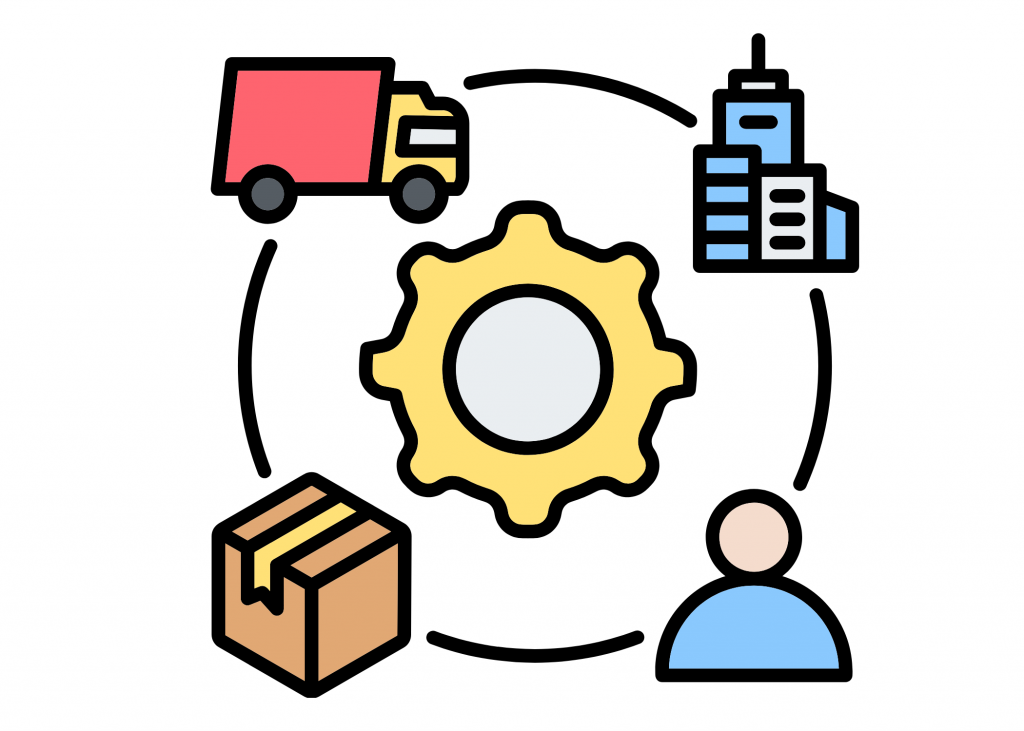
3PL vs 4PL: Understanding the Key Differences
In today’s globalized and fast-paced supply chain environment, businesses often outsource their logistics operations to external service providers to increase efficiency, reduce costs, and stay competitive. Two common models in the logistics outsourcing spectrum are Third-Party Logistics (3PL) and Fourth-Party Logistics (4PL). While both involve delegating logistical responsibilities to specialized firms, they serve different roles and offer distinct levels of integration, strategic involvement, and value.
Below is a comprehensive comparison outlining the key differences between 3PL and 4PL.
1. Definition and Core Functions
3PL (Third-Party Logistics)
A 3PL provider offers outsourced logistics services that may include transportation, warehousing, inventory management, order fulfillment, and freight forwarding. Essentially, they handle specific logistics functions for a company.
- Example: A eCommerce business hires a 3PL provider to store inventory in their warehouses and manage shipping to customers.
4PL (Fourth-Party Logistics)
A 4PL provider goes beyond managing logistics operations—they act as a strategic partner overseeing the entire supply chain. A 4PL firm typically manages multiple 3PLs and integrates people, processes, and technologies to optimize supply chain performance.
- Example: A manufacturer hires a 4PL to design, implement, and manage its global supply chain using several 3PLs and IT platforms.
2. Role in the Supply Chain
| Aspect | 3PL | 4PL |
|---|---|---|
| Operational or Strategic | Operational | Strategic |
| Focus | Execution of logistics tasks | End-to-end supply chain optimization |
| Control Level | Medium (tactical) | High (strategic oversight) |
- 3PLs are execution-oriented. They are responsible for “doing” logistics: moving goods, storing inventory, and ensuring shipments arrive on time.
- 4PLs are planning- and management-oriented. They manage resources (including 3PLs), oversee technology integration, and align supply chain functions with business goals.
3. Integration with Client Business
3PL: Tactical Partner
- Integrates with a portion of the client’s logistics process.
- May work alongside the client’s internal logistics team.
- Offers scalability but with limited strategic involvement.
4PL: Strategic Integrator
- Fully integrates with the client’s business processes.
- Often replaces the internal logistics team.
- Designs the logistics framework and then oversees its implementation and continuous improvement.
4. Ownership of Assets
3PL Providers:
- Usually own or lease physical assets such as warehouses, trucks, distribution centers, and freight equipment.
- Their value proposition is asset utilization, transportation networks, and fulfillment capabilities.
4PL Providers:
- Typically non-asset based.
- Act as neutral supply chain orchestrators, choosing the best service providers (including 3PLs) based on client needs.
- Focus is on coordination and optimization, not on physical asset operation.
5. Technology and Visibility
3PL:
- Offers logistics IT systems such as Warehouse Management Systems (WMS), Transportation Management Systems (TMS), and tracking tools.
- Technology is focused on supporting the services they directly provide.
4PL:
- Provides end-to-end visibility and integration through unified platforms.
- Offers data analytics, supply chain dashboards, AI-driven insights, and strategic reporting.
- Leverages advanced tools to analyze supply chain performance across multiple vendors.
6. Relationship Complexity
| Dimension | 3PL | 4PL |
|---|---|---|
| Number of Providers Managed | Usually just the 3PL itself | Manages multiple 3PLs and carriers |
| Client Relationship | One-to-one | One-to-many (client + vendors) |
| Vendor Coordination | Limited | Extensive |
- 3PLs maintain a direct relationship with the client but are not usually involved in managing other logistics partners.
- 4PLs operate as a single point of contact, managing all logistics service providers on behalf of the client.
7. Customization and Flexibility
- 3PLs offer standardized solutions, often customized at the operational level (e.g., special packaging or delivery terms).
- 4PLs tailor entire logistics networks, aligning supply chain design with broader business strategy.
8. Cost Structure and Value
3PL:
- Typically cost-based: clients pay for specific services (per shipment, per pallet, per mile).
- ROI is measured in cost reduction, efficiency, and service quality in specific areas.
4PL:
- More value-based: pricing may include management fees or performance-based contracts.
- ROI includes strategic value, such as improved customer satisfaction, agility, risk mitigation, and long-term competitiveness.
9. Risk and Responsibility
- 3PLs are responsible for the safe and timely delivery of goods within their contracted scope.
- 4PLs assume end-to-end responsibility for supply chain outcomes. They are accountable for system-wide performance and often take on greater financial and operational risk.
10. Ideal Use Cases
3PL:
- Best for businesses that need help with logistics execution but still want to retain control over strategy and planning.
- Useful for scaling operations, entering new markets, or improving fulfillment.
4PL:
- Ideal for large enterprises or complex supply chains that require full oversight, strategic optimization, and integration of multiple logistics partners.
- Helps when a company wants to outsource logistics entirely to focus on core competencies.
11. Examples
| Scenario | 3PL Solution | 4PL Solution |
|---|---|---|
| E-commerce store expanding regionally | A 3PL manages warehousing, picks and ships orders | A 4PL designs the regional logistics network, selects 3PLs, and manages the tech stack |
| Global manufacturer | A 3PL ships parts to assembly plants | A 4PL manages all global freight, consolidates shipments, negotiates with 3PLs, and monitors supply chain KPIs |
12. Summary Table of Key Differences
| Feature | 3PL | 4PL |
|---|---|---|
| Focus | Execution of logistics | Strategic supply chain management |
| Asset Ownership | Owns/operates logistics assets | Typically asset-light |
| Role | Service provider | Supply chain integrator |
| Technology Use | Operational tools | Integrative, analytical platforms |
| Vendor Management | Single or few | Multiple 3PLs and partners |
| Strategic Involvement | Low to moderate | High |
| Cost Model | Transactional | Strategic/value-based |
| Ideal For | Companies wanting to outsource logistics activities | Companies seeking full supply chain orchestration |
Conclusion
The choice between 3PL and 4PL depends on the complexity of your logistics operations, your internal capabilities, and strategic goals. 3PLs are best for tactical logistics support, especially when businesses still retain internal supply chain expertise. In contrast, 4PLs offer strategic oversight and complete supply chain management, ideal for organizations looking for end-to-end solutions and long-term optimization.
As supply chains become more global, digital, and customer-centric, many organizations are transitioning toward hybrid models—leveraging both 3PLs and 4PLs for maximum flexibility and competitive advantage.






